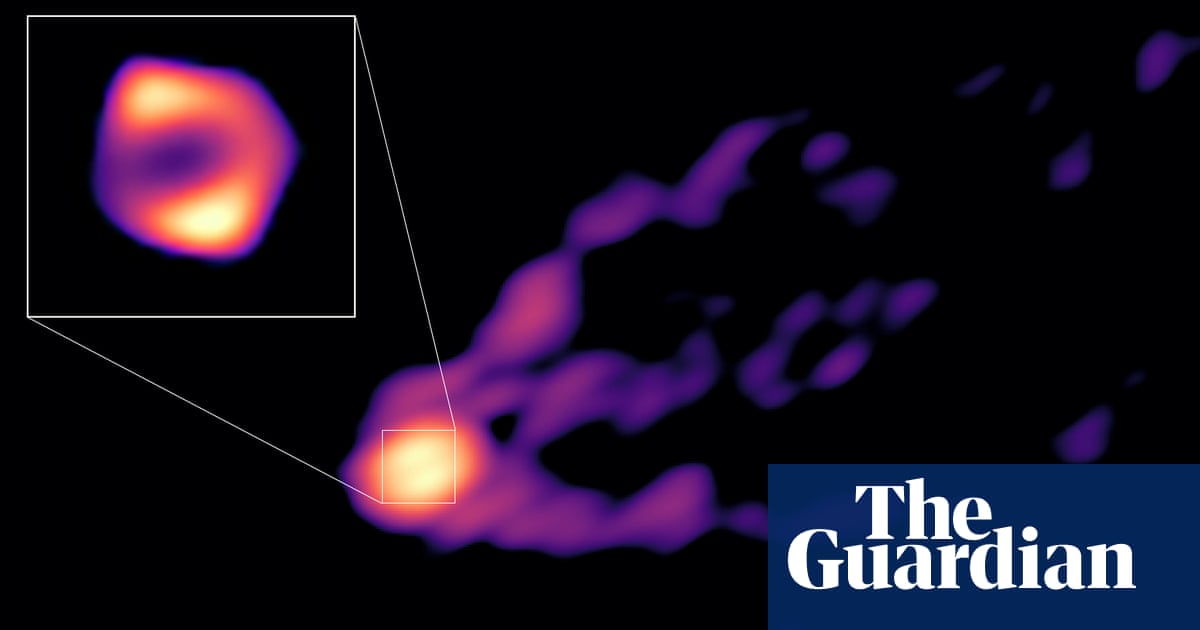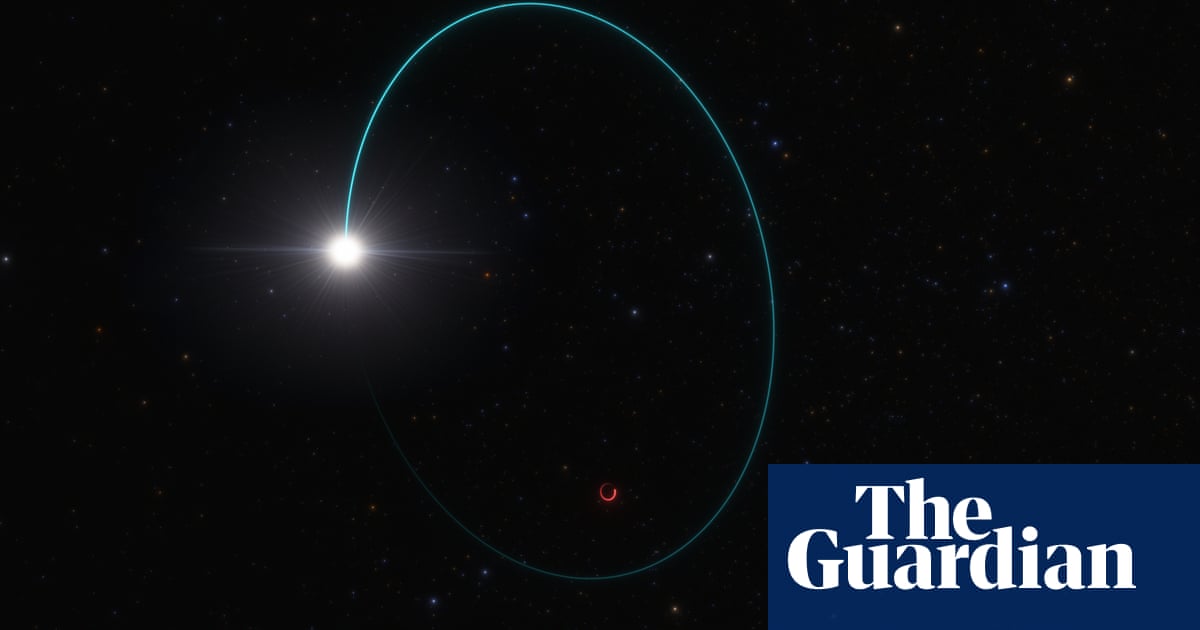
Astronomers have captured the first image showing a powerful jet being launched from the edge of a black hole’s event horizon into intergalactic space.
The observations of the black hole at the centre of the galaxy Messier 87 (M87) could help reveal how black hole jets, which are among the brightest objects in the universe, are created.
“We know that jets are ejected from the region surrounding black holes, but we still do not fully understand how this actually happens,” said Dr Ru-Sen Lu, the lead author of the Shanghai Astronomical Observatory.
“To study this directly we need to observe the origin of the jet as close as possible to the black hole.”
Most galaxies harbour a supermassive black hole at their centre and these objects act as galactic sinkholes, permanently swallowing anything that drifts over their event horizon. Many black holes also launch powerful jets of matter from their poles at close to the speed of light.
The latest observations were made in 2018 with telescopes from the Global Millimetre VLBI Array (GMVA), the Atacama Large Millimeter/submillimeter Array (ALMA) and the Greenland Telescope (GLT).
The target is the galaxy M87, located 55m light years away, and home to a black hole 6.5bn times more massive than the sun.
Scientists think the jets are powered by the rotation of the black hole. However, it is not clear exactly where the jets emanate from. Theory suggests they could be anchored close to the event horizon, the so-called point of no return, or just outside it in the Ergoregion, a zone in which space-time itself co-rotates with the black hole.
The new image, published in Nature, shows the base of the jet connecting with the matter swirling around a supermassive black hole, although it does not pinpoint precisely the origin.
“This is the first image where we are able to pin down where the ring is, relative to the powerful jet escaping out of the central black hole,” said Dr Kazunori Akiyama, of MIT’s Haystack Observatory, who developed the imaging software used to visualise the black hole.
“Now we can start to address questions such as how particles are accelerated and heated, and many other mysteries around the black hole, more deeply.”
Dr Ziri Younsi, an astrophysicist at University College London, who was not involved in the latest work, described the image as “really exciting”, adding: “It’s another important piece of the story of how black holes power jets.”












